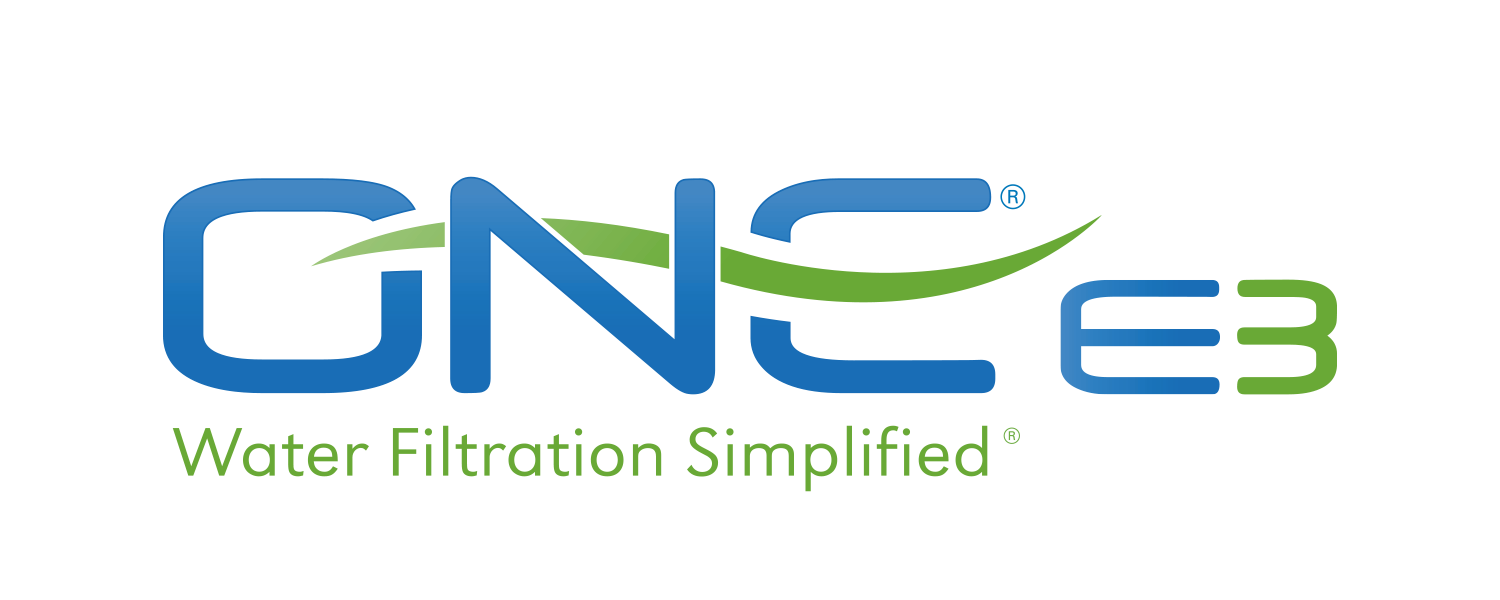Western states in the U.S. are familiar with dry seasons, but the 2021 droughts have been cause for tremendous concern. Impacting the water supply and the water quality of what remains, these droughts have forced officials to fight two battles at once. For one, the droughts cause an increased demand on local wells and reservoirs, which can harm the water quality within them. This increased pumping can result in contaminants infecting the water supply, or lowering the overall dilution of the water. Either way, the wells can quickly become unreliable if put under intense pressure. The heat from these droughts can cause algae to bloom at greater rates, and release other hazardous chemicals. According to one study, droughts have been found to increase rates of arsenic, nitrates, and uranium in water supplies.
Another significant threat posed by droughts is the increased chance for wildfires. For example, two large wildfires in Colorado in 2020 destroyed essential watersheds. This loss will reportedly hurt the water quality in the area for years to come.The cost of repairing even a portion of the damages is estimated around $45 million. As these problems worsen, the issue of regulatory action arises, and how local governments can protect their citizens. The EPA has provided considerable funding towards water quality, however the issues only continue to worsen. The question moving forward is can the western governments act quickly enough to get ahead of the droughts instead of always catching up?
PIONEER REMOVES LEAD, CYST & PFOA/PFOS
PIONEER is the First of its Kind Whole-House Lead, Cyst & PFOA/PFOS Filtration Solution! Contact us to learn more about this revolutionary product.



